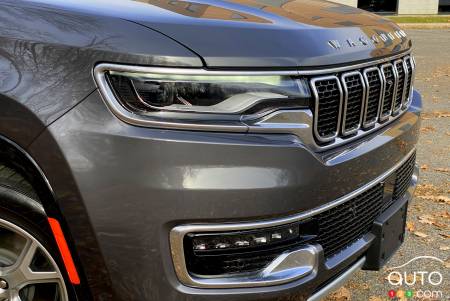• Stellantis will stop making use of chrome when designing its vehicles.
At one time, and particularly in the 50s, chrome was king throughout the automotive industry. The more chrome a car had, the richer and more prestigious it was. At least, that's how people perceived it.
Manufacturers still use this material today, but in a more moderate and considered way. However, we could well be witnessing the end of chrome with new vehicles, at least if Stellantis' pioneering move to declare "the death of chrome" is anything to go by. The company, via Stellantis design head Ralph Gilles, who spoke with CNN, cited environmental concerns and worries about the health of the workers who make the product.
Hexavalent chromium, the oxidation state of chromium used in chrome plating, is carcinogenic. Via a statement sent to CNN, CARB (California Air Resources Board), the agency responsible for regulating emissions in California, said it was the “second most potent toxic air contaminant identified by the state.”
To be clear, chrome-plated parts are not inherently dangerous. It's the plating process that is, as it risks releasing hexavalent chromium vapours into the atmosphere or exposing workers.
According to the trade group National Association for Surface Finishing, the industry has implemented measures to minimize exposure to hexavalent chromium, reducing atmospheric emissions by 99.9 percent since 1995. California is considering going one step further and banning chrome plating with this material altogether.
Stellantis has opted for solutions other than chromium. For example, the Jeep Wagoneer S will not carry traditional chrome, and Ralph Gilles confirmed to CNN that this will be the case with future models from the auto giant.
Elsewhere in the industry, Mini has eliminated chrome from its latest new models, while Volkswagen plans to reduce its use, replacing the chrome effect with bright accents.
Soon, chrome may be a thing of the past in the automotive industry.
